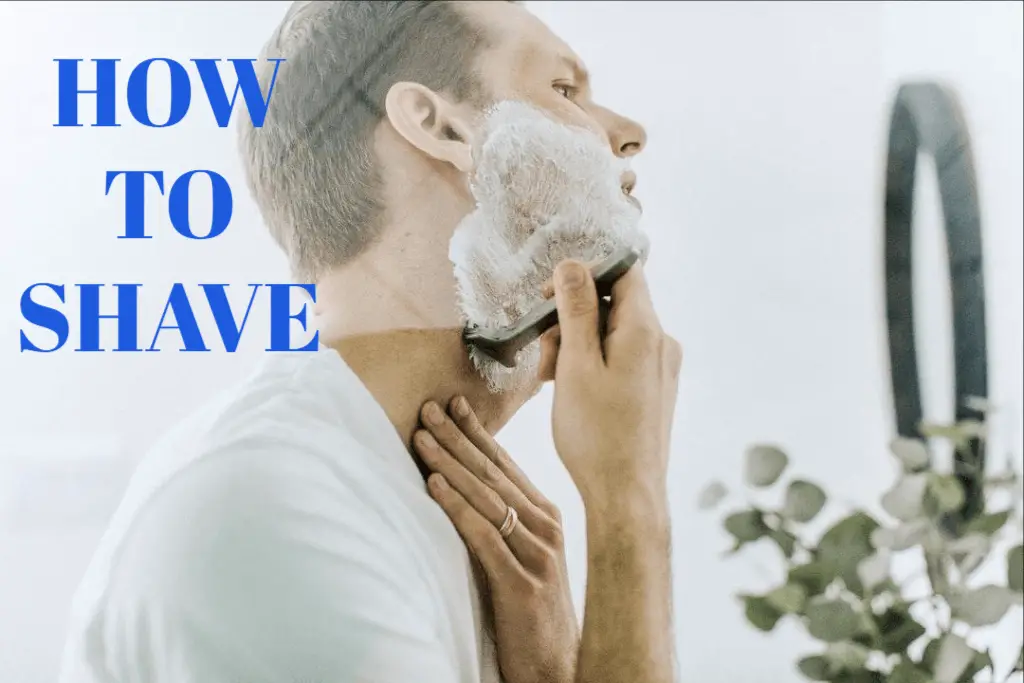If you suffer from acne, you’ll require delicate care, post-shave, to bypass worsening the acne and irritating your skin. Don’t try to shave acne off.
Rather, shave delicately around the acne. Try out both safety and electric razors to determine which is most suitable for your skin.
Soak a cotton wool cloth in hot water to create a hot compress. When warm enough, lightly press it against your skin. The pores are opened up by the heat, freeing the trapped hair and allowing it to grow in the proper direction.
Small shaving cuts are nothing to be concerned about assuming you are using a sanitary razor. If your razor has an accumulation of bacteria, infection can occur, so be careful. Several shaving cuts might be situated in the space where clotting is slow, like the lips.
Additionally, you can just cease shaving and try another approach for hair removal, like waxing. Check out this video............
Here are several quick-relief remedies for razor burns on the neck, face, and bikini line:
1. Aloe vera:
one of the most versatile plants, aloe vera can be used as a hair treatment and a skin moisturizer. You can also cure razor burns with it. Just have an aloe vera leaf opened, have the juice extracted, put it on the area affected, and allow it to dry. For an effective cure, do this for three days, twice a day. YOU CAN PURCHASE ALOE VERA SKIN MOISTURIZER HERE
2. Apple cider vinegar:
using apple cider vinegar to cure razor burns is effective because it contains antibacterial and anti-inflammatory properties. Dip a cotton ball into a cup full of apple cider vinegar and apply it to the area affected. Once dried, use cold water to rinse it off. Do this as frequently as required.
3. Honey:
honey contains potent anti-inflammatory properties. Razor burns can be treated by applying honey to the area affected. Once it dries, use cold water to rinse it off.
4. Coconut oil:
irritated skin can be hydrated with coconut oil, which can minimize inflammatory activity.
5. Glycolic acid:
an optimal cure for razor burns are skin products with glycolic acid. There are over the counter beauty creams out there that are said to quickly treat razor burns.
6. Salicylic acid:
women who endure razor rashes and burns are fond of the salicylic acid treatment approach. It is used to reduce pimples, but can treat razor burns also.
Dead skin that prevents air from reaching the hair follicles becomes exfoliated, and bacteria is removed. As such, discomfort, itching, and redness is alleviated.
Bypass using this remedy on delicate spots such as the pubic area (since stinging can occur immediately upon application).
7. 1% Hydrocortisone:
to get relief from razor burns on the neck, face, and bikini line, 1% hydrocortisone anti-itch cream is an option. It softens and soothes skin that becomes irritated. Hydrocortisone cream can also moisturize and minimize itching and stinging.
8. Shave less frequently to cure Razor Burns
9. Facial scrub:
To stop razor burns from developing on the cheeks, jawline, or chin, mildly scrub your face with a sponge, scrub, or loofah to take away unseen ingrown hairs and dead skin that might ignite razor rashes and burns down the road.
10. Refrain from stretching skin:
When shaving, don’t bother stretching your skin - it’s ineffective. You can get a close shave through the use of a sharp, high-quality razor with a single blade.
11. Skin lathering:
To stop razor burns from developing, wet and lather the skin totally with lotion or shaving cream. This will substantially aid in stopping irritation or itching and alleviate any discomfort or redness. Allow the lotion or gel to remain on your skin for a moment before shaving to soften the skin further.
12. Refrain from using regular bar soap:
Don’t use normal, low-quality bar soap as it will lead to a burning and stinging sensation.
13. When shaving, make fewer strokes:
Shave post-shower or bath while your skin is moist and wet. Use hot water.
14. After shaving, use cold water: You can stop more razor burns from showing up by using cold water to cleanse the shaved area right after a shave. This will prevent bacteria from entering, thus curbing irritation.
15. Just use cotton:
Only wear underwear made of cotton (synthetic fabrics won’t let your skin breathe).
Finally, though you’ll see witch hazel and tea tree oil as potential razor burn solutions, they have been known to instigate a burning sensation on the skin.
